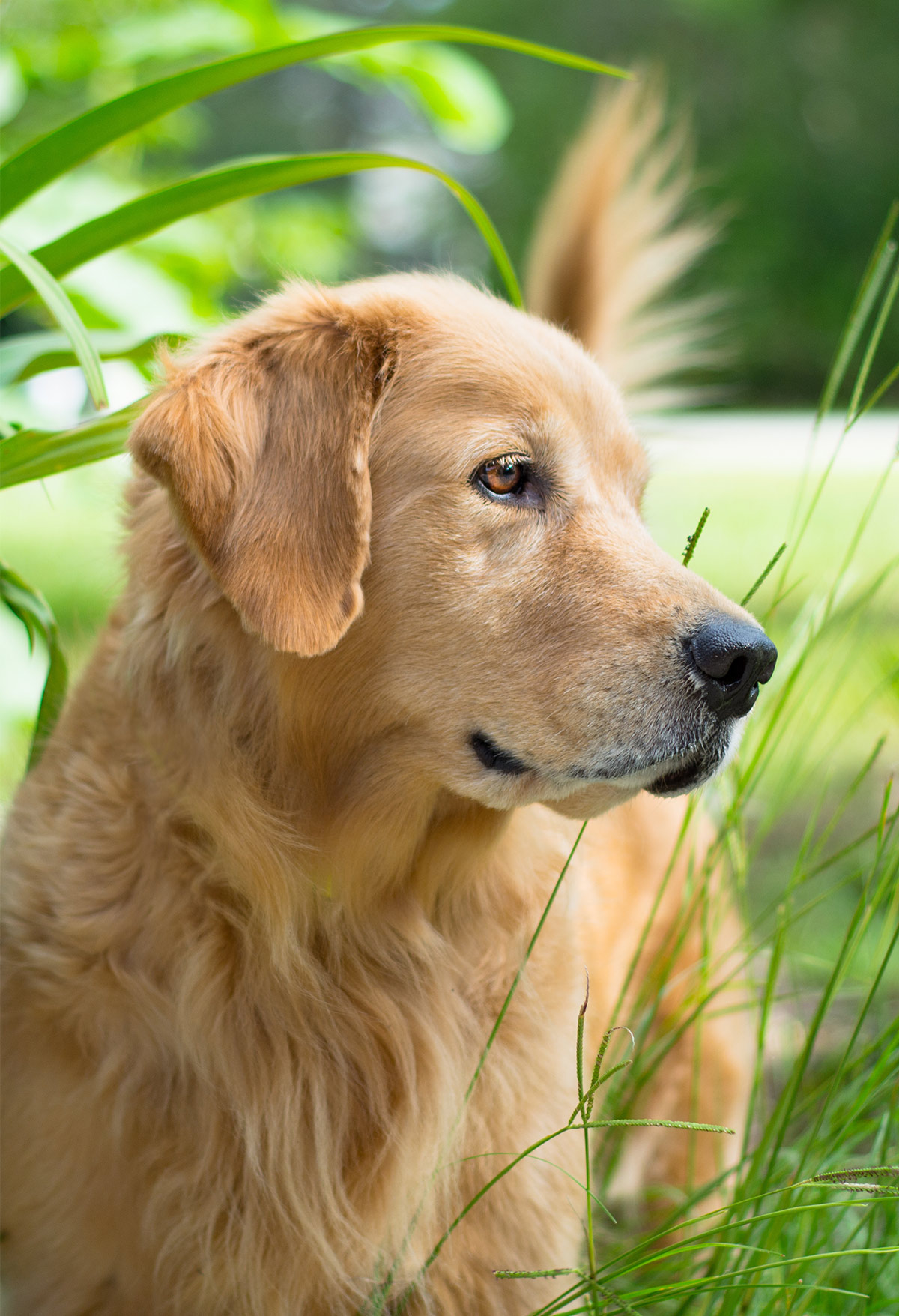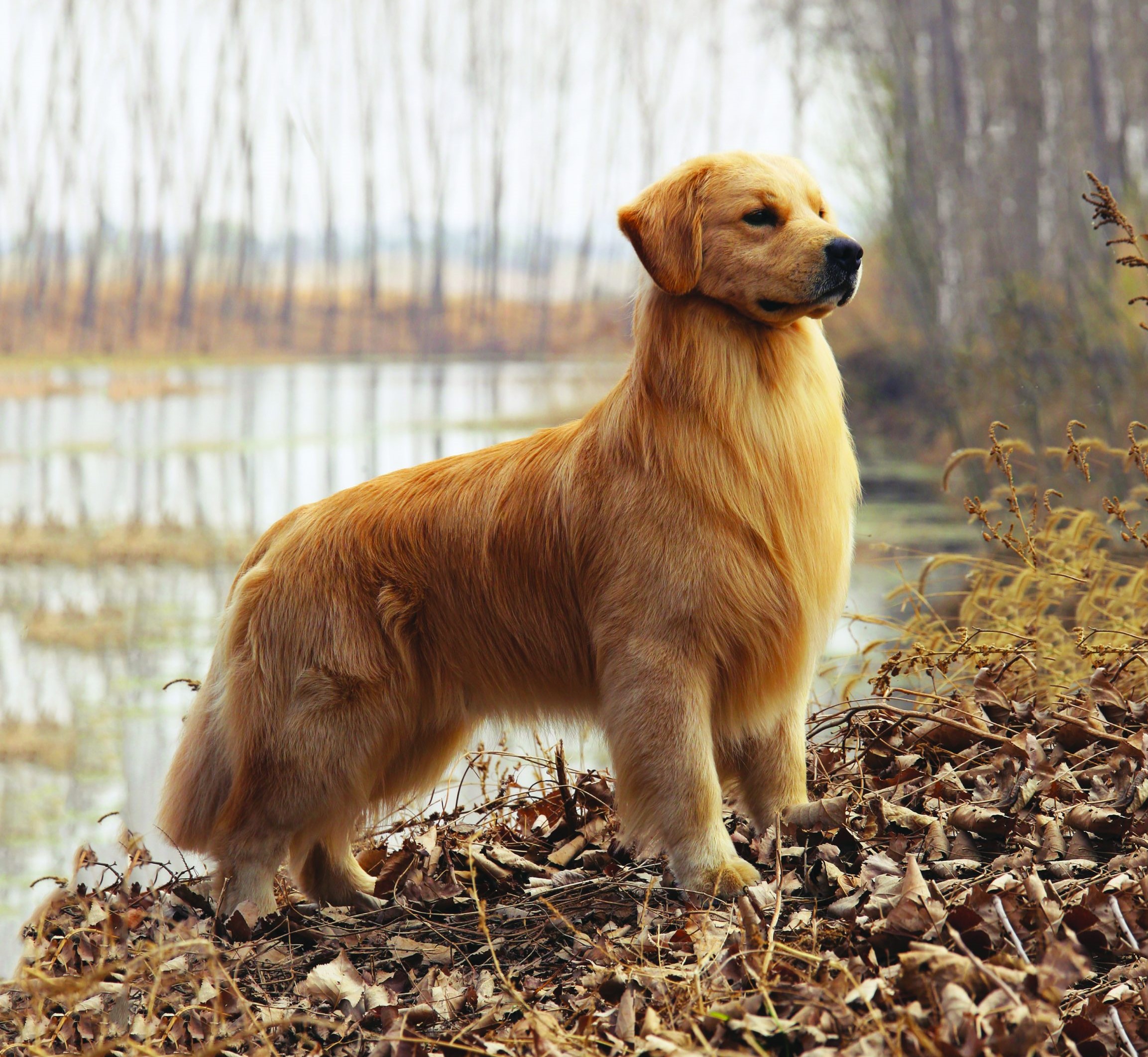Unveiling The Golden Orb Weaver: Nature's Master Silk Spinner
The natural world is full of wonders, and among the most captivating are the creatures that craft intricate structures right before our eyes. One such marvel is the golden orb weaver, a truly fascinating spider renowned for its spectacular, large webs that shimmer with a distinct golden hue in the sunlight. These remarkable arachnids, with their striking appearance and impressive engineering skills, capture the imagination of anyone lucky enough to encounter them in their natural habitat.
This comprehensive guide delves deep into the world of the golden orb weaver, exploring its distinctive features, global distribution, intricate silk production, unique mating behaviors, and its surprising interactions with humans. From its diet and reproduction to the potential uses of its incredibly strong silk, prepare to uncover the secrets of this shimmering web-builder.
Table of Contents
- A Glimpse of Gold: Description and Distinctive Features
- Global Reach: Distribution and Habitat of the Golden Orb Weaver
- Web Mastery: The Golden Orb Weaver's Silken Domain
- Nature's Predator: Diet and Hunting Strategies
- From Spiderling to Spinner: Reproduction and Life Cycle
- Venom and Human Interaction: Are Golden Orb Weavers Dangerous?
- Beyond the Web: Human Uses and Impacts of Golden Orb Weaver Silk
- Conservation and Appreciation: Helping This Species Thrive
A Glimpse of Gold: Description and Distinctive Features
The golden orb weaver, often scientifically referred to by genera such as *Trichonephila* and *Nephila*, stands out in the arachnid world due to its impressive size and vibrant coloration. These spiders are truly a sight to behold, embodying a striking combination of orange, yellow, and brown hues, particularly noticeable on their abdomens. This coloration can subtly shift, adding to their allure and making each individual a unique spectacle.
One of the most striking aspects of the golden orb weaver is the significant size difference between the sexes. Females are notably larger than the males, often reaching a body length of 25 to 50 mm (1 to 2 inches), and in some species like *Nephila pilipes*, females can even reach up to 40 millimeters (1.5 inches) in body length, with a leg span potentially extending further. Males, in stark contrast, are considerably smaller, often only around 7 mm. This sexual dimorphism is a common trait among many spider species but is particularly pronounced in the golden orb weaver. Their long legs, often adorned with clumps of hair, are typical of the *Nephila* genus, contributing to their formidable yet elegant appearance. This large size, combined with their bright colors, distinguishes them from many other members of their genus and other orb weavers.
Global Reach: Distribution and Habitat of the Golden Orb Weaver
The golden orb weaver is a highly adaptable spider, thriving in a variety of warm climates across the globe. While some species, like *Trichonephila clavipes*, are indigenous to Central America and certain Caribbean islands, their distribution extends far beyond these origins. You can commonly find these fascinating spiders in the southeastern United States, stretching south through Argentina and Peru. Their presence in the southern states of the U.S. is quite common, making them a familiar sight for residents and nature enthusiasts.
Beyond the Americas, the golden orb weaver also resides across countries in East and Southeast Asia, as well as Oceania. For instance, the Australian golden orb weaver (*Nephila pilipes*) is found in Indonesia (from Java eastwards), Papua New Guinea, Australia, northern New Zealand, and New Caledonia. This wide geographical spread highlights their ability to adapt to diverse environments, from tropical rainforests to more temperate zones, as long as the climate remains warm. They are most commonly found in primary and secondary forests, as well as in gardens, where their large, intricate webs can be easily spun between trees, shrubs, or even structures.
Web Mastery: The Golden Orb Weaver's Silken Domain
The most iconic feature of the golden orb weaver is undoubtedly its magnificent web. These aren't just any webs; they are intricate, large structures that shimmer like gold in the sunlight, giving the spider its common name. The golden hue of the silk is due to pigments in the silk itself, which are believed to deter birds from flying into the web and also attract certain insects. These webs can be incredibly large, sometimes spanning several feet across, making them highly efficient traps for flying insects.
Golden orb weavers are known for their meticulous web construction. Unlike some spiders that build a new web every day, all nephilid genera partially renew their webs. This means they often repair and reinforce existing structures rather than starting from scratch, a testament to the durability of their silk. The strength and size of these webs allow them to capture a wide array of prey, from small flies to much larger insects, and occasionally even small vertebrates.
The Remarkable Properties of Golden Silk
The silk produced by the golden orb weaver is not just visually stunning; it possesses extraordinary properties that have captivated scientists and researchers for decades. This silk is renowned for its exceptional strength and elasticity, making it one of the toughest natural fibers known. The silk she uses for her egg sac, for instance, is described as strong, yellow, and curly, providing robust protection for her offspring.
The unique composition of golden orb weaver silk, a complex protein material, gives it a tensile strength comparable to steel and a toughness greater than Kevlar. This combination of strength and flexibility makes it incredibly durable and resistant to breakage. These remarkable properties have led to extensive research into its potential applications, ranging from biomedical uses to advanced textiles, which we will explore further below.
Nature's Predator: Diet and Hunting Strategies
The golden orb weaver is an opportunistic predator, relying on its expansive and sticky golden web to ensnare its meals. Their diet primarily consists of large flying invertebrate animals. They are highly effective hunters, capable of feeding on most animals that are unfortunate enough to be caught in their robust webs. Common prey includes grasshoppers, flies, moths, beetles, and other small insects.
However, due to the sheer size and strength of their webs, golden orb weavers are also known to capture larger prey, sometimes even small vertebrates. There have been documented instances of these spiders catching small birds, bats, and lizards that become entangled in their formidable traps. Once prey is caught, the golden orb weaver quickly immobilizes it with venom and wraps it in silk, ensuring a fresh meal for later consumption. This impressive dietary range underscores their importance as a natural pest control agent in their ecosystems.
From Spiderling to Spinner: Reproduction and Life Cycle
The life cycle of the golden orb weaver, like many spiders, involves fascinating reproductive behaviors and a distinct developmental journey from egg to adult. The stark size difference between males and females plays a significant role in their mating rituals and survival strategies.
Intricate Dances: Mating Behavior
Mating for the male golden orb weaver is a perilous endeavor. Given the female's much larger size and predatory nature, males must approach with extreme caution. They often wait for the female to be occupied with prey or to be molting, a vulnerable period for her, before attempting to mate. Males are typically much smaller and less conspicuous, sometimes residing on the edges of the female's web, waiting for an opportune moment. Their survival often depends on their ability to avoid being mistaken for prey.
Once mating occurs, the female lays her eggs within a silk sac. As mentioned, the silk she uses for her egg sac is strong, yellow, and curly, providing excellent insulation and protection for the developing spiderlings. This sac is typically suspended within or near her web, camouflaged and guarded until the eggs hatch.
The Emergence of Spiderlings
Baby spiders are charmingly called spiderlings. When they hatch from the egg sac, these tiny golden orb weaver spiderlings initially hang around together for a week or so, often clustered on a communal silk platform near their birthplace. This brief communal phase provides a degree of safety in numbers. After this initial period, they begin to disperse, embarking on their individual journeys. They start life on their own, often by "ballooning," a process where they release a strand of silk into the wind, allowing them to be carried to new locations where they can establish their own webs and begin their solitary lives as independent predators.
Venom and Human Interaction: Are Golden Orb Weavers Dangerous?
Despite their intimidating look and impressive size, golden orb weavers are mostly harmless to humans. Like all spiders, they possess venom, which they use to subdue their prey. However, their venom is generally not considered medically significant to humans. A bite from a golden orb weaver is typically compared to a bee sting, causing localized pain, redness, and swelling. More severe reactions are rare and usually occur only in individuals with specific allergies to spider venom.
Golden orb weavers are not aggressive and will only bite if they feel threatened or are accidentally provoked, such as when someone walks into their web or tries to handle them. They prefer to retreat or play dead when disturbed. Therefore, while it's wise to admire these beautiful creatures from a respectful distance, there is generally no need for alarm if you encounter one. Understanding their behavior helps in appreciating them without fear.
Beyond the Web: Human Uses and Impacts of Golden Orb Weaver Silk
The extraordinary properties of golden orb weaver silk have long fascinated scientists and engineers, leading to various explorations of its potential human uses. While large-scale commercial harvesting of spider silk remains challenging due to the spiders' territorial nature and cannibalistic tendencies, research continues to uncover innovative applications for this remarkable biomaterial.
Historically, indigenous communities in some regions have used golden orb weaver silk for practical purposes, such as fishing nets or even small bags, due to its inherent strength. In Madagascar, a unique textile art involves weaving the golden silk into incredibly rare and luxurious fabrics, though this is a painstaking and labor-intensive process, yielding only small quantities of material.
Potential Applications of Golden Orb Weaver Silk
The scientific community is particularly interested in replicating or utilizing the silk's properties for advanced materials. Potential applications include:
- Biomedical Materials: Its biocompatibility and strength make it ideal for surgical sutures, artificial ligaments, and nerve regeneration scaffolds. The silk's natural properties could reduce rejection rates and promote healing.
- High-Performance Textiles: Imagine fabrics with the strength of steel yet the flexibility of natural fibers. This could revolutionize industries from military gear to sportswear, creating lightweight, durable, and protective clothing.
- Optics and Electronics: The unique structural properties of the silk could be leveraged in micro-optics or as components in flexible electronics due to its strength and ability to be manipulated at a nanoscale.
- Biodegradable Materials: As a natural protein, spider silk is biodegradable, offering an environmentally friendly alternative to synthetic polymers in various applications.
While direct large-scale "human uses" are still mostly in the research and development phase, the impact of this spider's silk on material science is profound, pushing the boundaries of what natural materials can achieve. The challenge remains in finding sustainable and ethical ways to produce this silk on a larger scale, often through genetic engineering of other organisms to produce spider silk proteins.
Conservation and Appreciation: Helping This Species Thrive
The golden orb weaver plays a vital role in its ecosystem as a natural predator, helping to control insect populations. Appreciating and understanding these spiders is key to their conservation. While they are not currently listed as endangered, habitat loss and fragmentation due to human development can impact their populations. Protecting their natural habitats, such as primary and secondary forests and gardens, is crucial for their survival.
If you live in areas where golden orb weavers are common, like the southeastern United States or parts of Asia and Australia, you can contribute to their well-being by preserving natural spaces in your yard, avoiding excessive pesticide use, and simply allowing them to thrive. Places like Beidler Forest, where you can find out how to spot, appreciate, and help this species, serve as excellent examples of how public education and protected habitats can foster a deeper understanding and coexistence with these magnificent creatures. By recognizing their ecological value and respecting their space, we can ensure that the shimmering golden webs of the golden orb weaver continue to adorn our landscapes for generations to come.
The golden orb weaver is more than just a spider; it's a testament to nature's ingenious design, a master architect, and a producer of one of the most remarkable biomaterials on Earth. Its presence reminds us of the intricate beauty and vital balance within our natural world.

Pictures Of Golden Retrievers - Golden Retriever Photo Gallery

Golden Retriever: Eine liebevolle und vielseitige Hunderasse

Golden Retriever | BULB